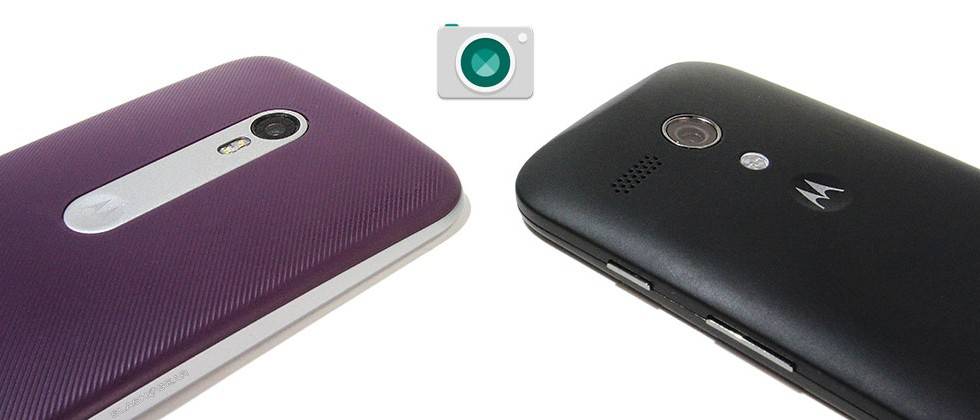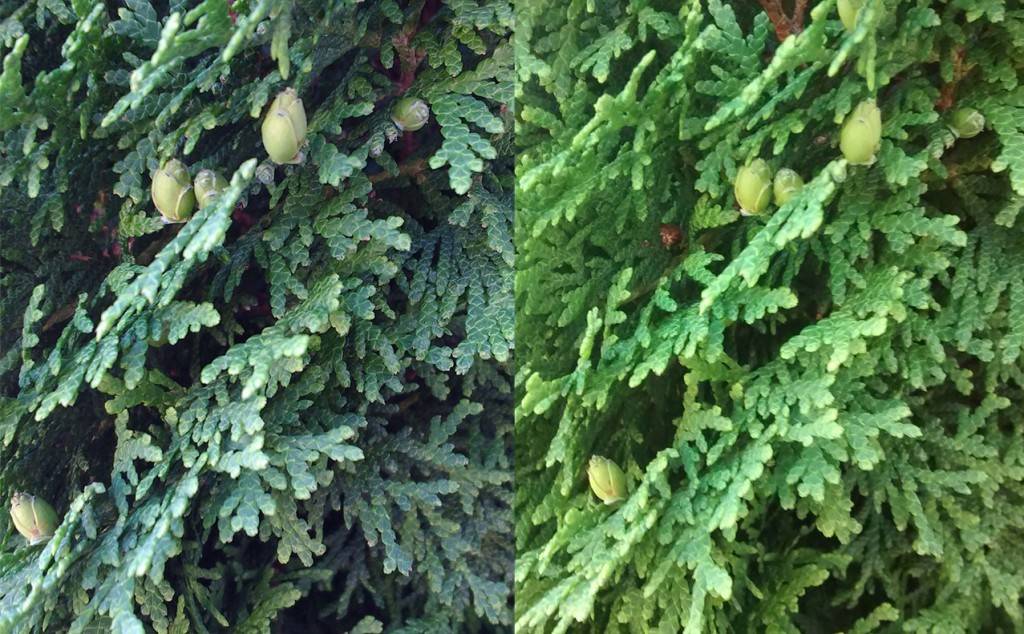
For a consumer, it’s easier to judge the perceived quality of a smartphone’s camera by just counting megapixels – and theoretically, number of pixels do matter. But allow us to show you how fast a piece of technology progresses in the smartphone business, in just a span of a couple of years what image processing research can do, and what this progress looks like. We bring you a camera test of Motorola‘s new Moto G (3rd gen) versus the original Moto G (1st gen).
First up, you have to understand that technically, these phones were released just 2 years apart – the original Moto G in 2013, and the 3rd gen Moto G just recently. One might think that there shouldn’t be that large a gap in image processing technology – and we would be wrong. Firstly, there is already a concrete gap in the number of pixels that each camera can render – the original Moto G had a 5MP main camera, capable of rendering images in 2592х1944 resolution, while the current 3rd gen Moto G has a 13MP main camera, capable of putting out 4128×3096 images. Look at the two pictures, left and right below, and try to pick the “better” one.

This one, up close will give you a better idea.

If you haven’t guessed yet, the pictures on the left are from the 3rd gen Moto G. The quality of the images should be more obvious with these next two images.


If you can see now, the level of detail and the accuracy of colors are really better on the left-side pictures, from the 3rd gen Moto G (nod if you agree). Within just two years, you are getting that much more detail in your pictures. The progress, if you think about it, is astounding. To be sure, there was absolutely nothing wrong the original Moto G’s camera. But age and technological progress is such that we should be really amazed and thankful at the level of detail we’re able to capture in our smartphone cameras today.
SOURCE: SlashGear









